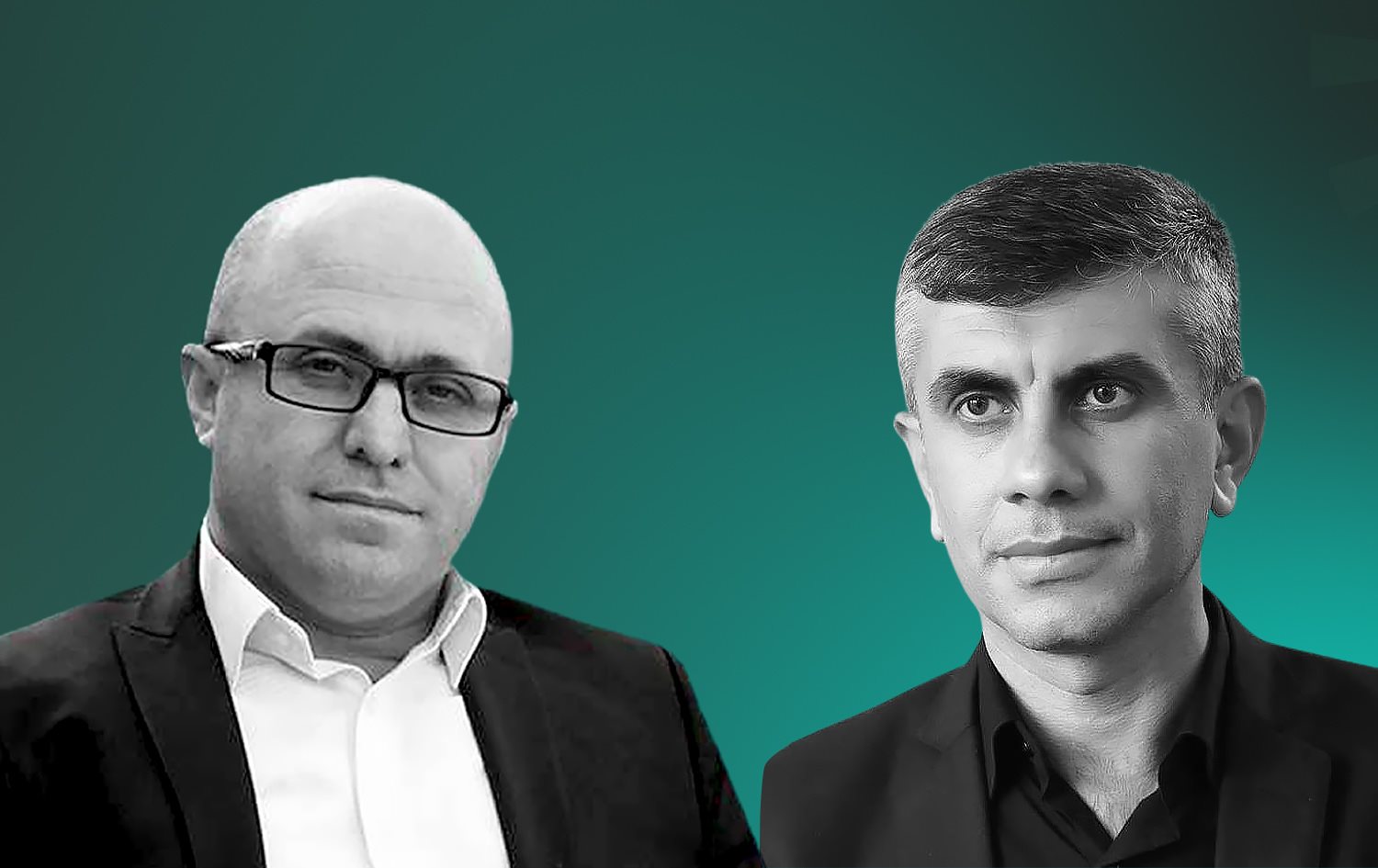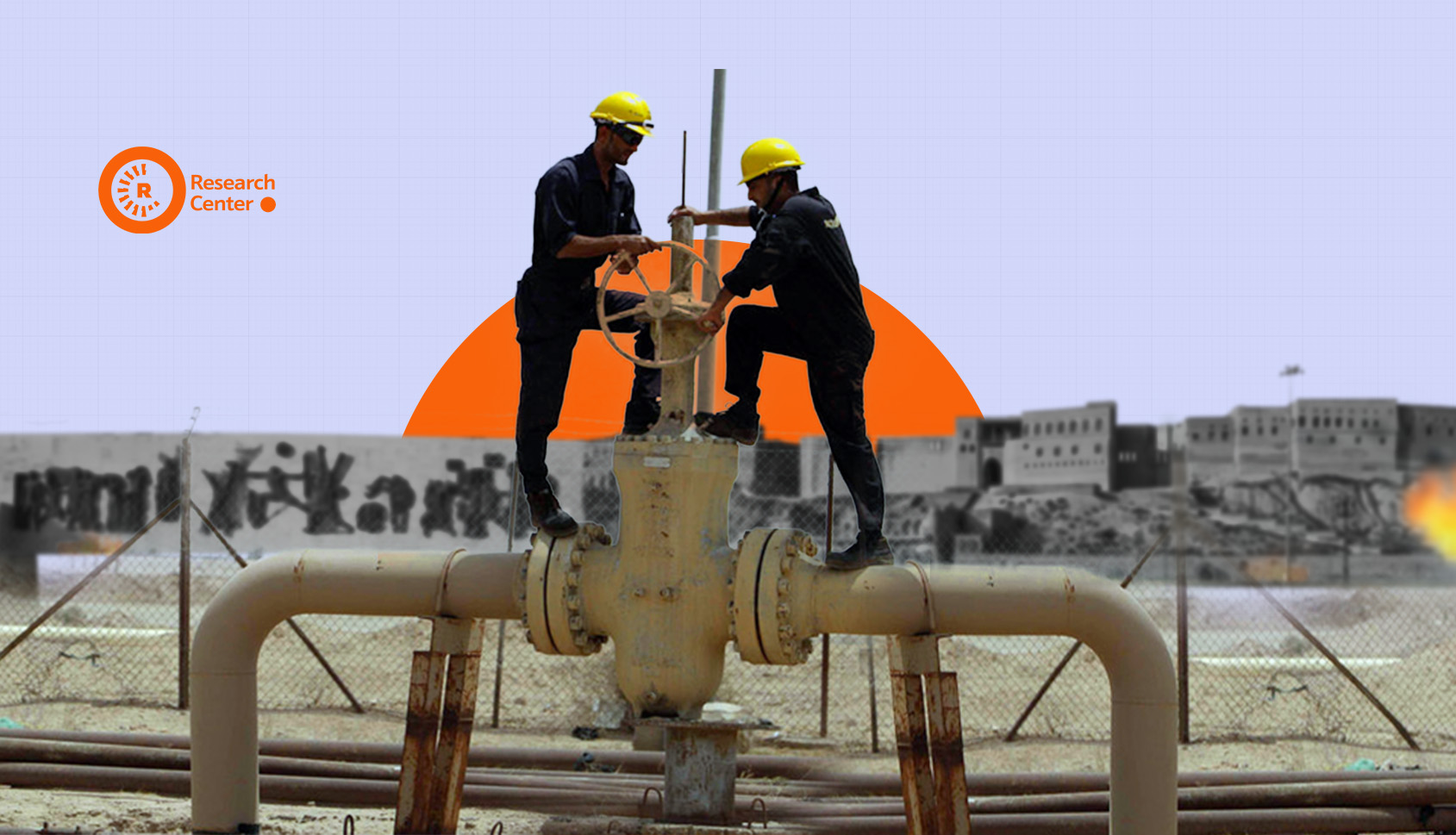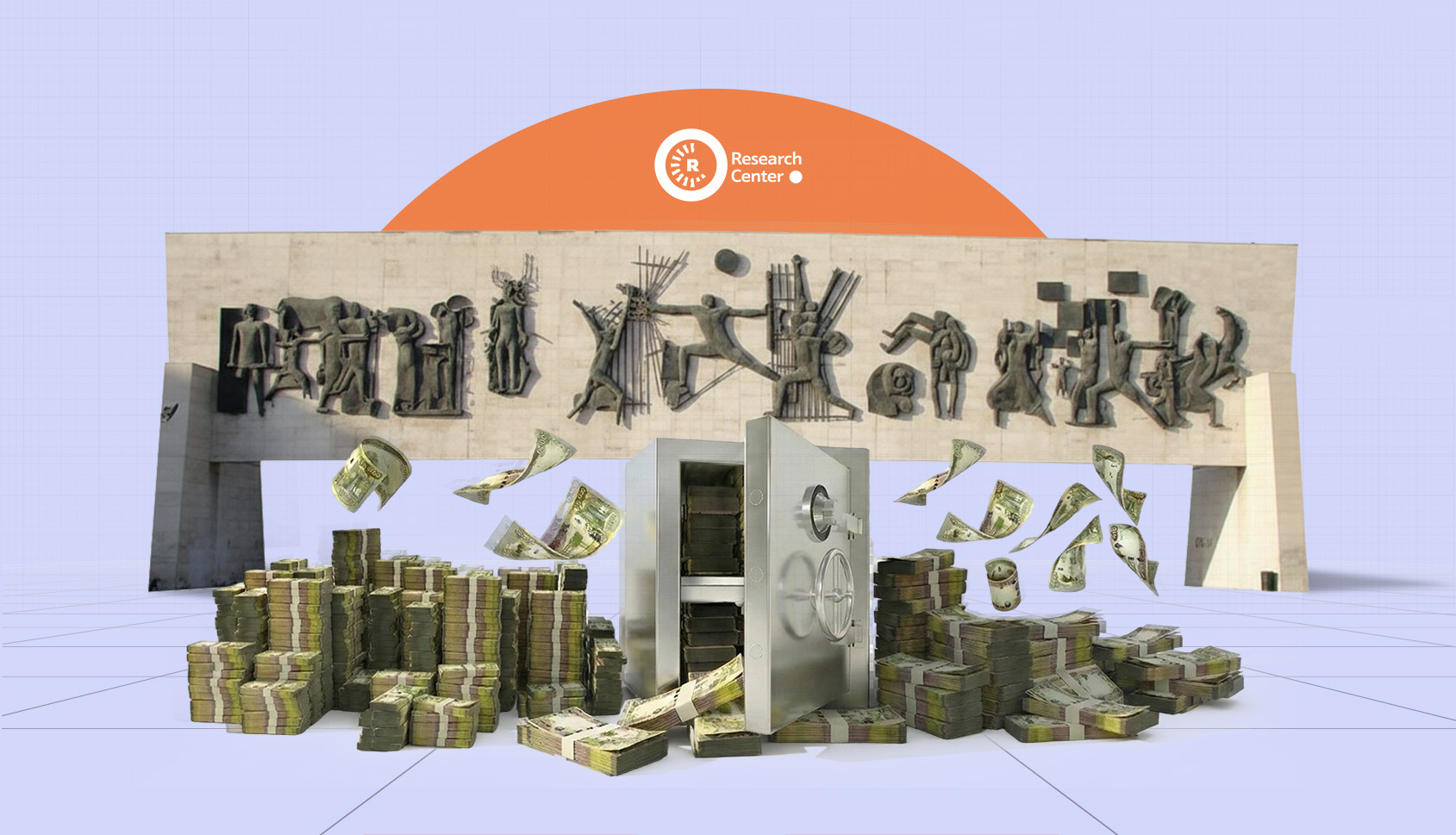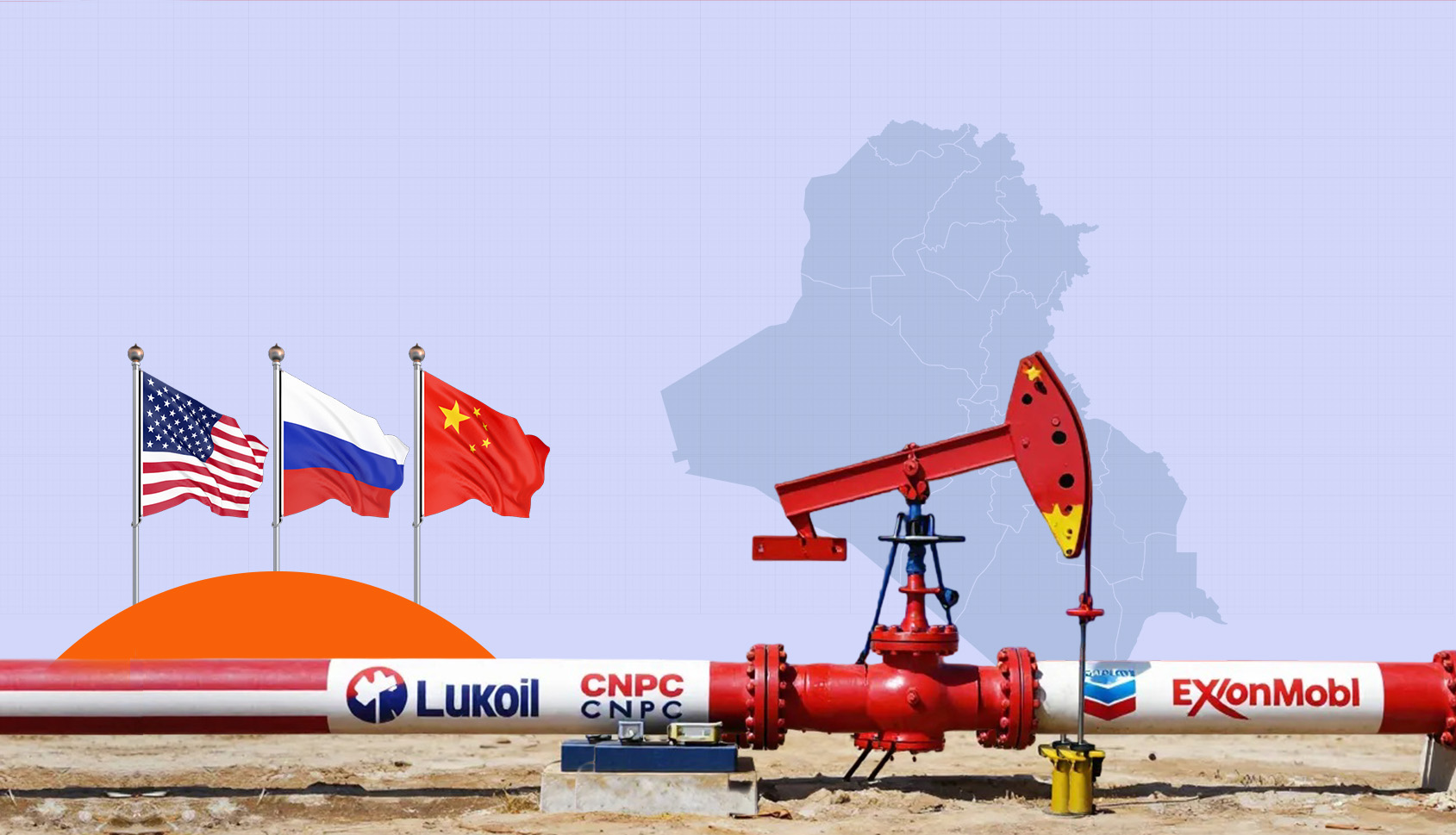RRC |
By Yassin Taha and Ziryan Rojhelati|
Introduction
In the recent months, there have been more attacks by the Shia militias groups known as ‘’axis of resistance’’ against American bases and personnel’s in Iraq. And if these attacks continue, could lead to more direct clashes. The developments in September has shown a shift in the tactics of these resistance ’’al-Muqawama’’ groups and number of attacks have been higher against US and allies. Before if only convoys driven by Iraqis and contracted by the US-led coalition were targeted, in September the militias have started to target the military bases and diplomatic missions as well.
The Iraqi government thus far proving that unable to control these groups, and despite the security and military issues this can create diplomatic issue for Iraq as well which if not in the short term but in the long-term will have negative impact on the Kurdistan region.
And the rocket attack towards Erbil International airport in the past week also prove that how the militias threat can impact the stability of Kurdistan region.
The Militias new Targets
In between August and Septembe, there have been 37 attacks on the logistical convoys of coalition forces in green zone, the airports and military bases.[1]And 17 attacks were on the Iraqi logistical companies contracted by US-led coalition. And these attacks carried out in August were in Babil, Dhi Qar, Diwaniya Saladin and Baghdad provinces. This show that the main goal of militias in making these attacks was to create fear and press local companies to withdraw their deals with the coalition forces. They did not want to target the coalition and American forces directly. Gen. Frank McKenzie, the commander of the U.S. Central Command said’’ For whatever reason, they’re not that successful at hitting anyone, I don’t know how long we can count on that continuing’’[2] These attacks have been mostly done through roadside bombs and the goal was not to make high number of casualties, only in the mid of September there was one killed in one of these attacks, otherwise the previous attacks only left some wounded. By considering the US reaction to killing an American in Kirkuk back in late last year, these ‘’al-Muqawama’’ groups are more careful to not make attacks that cause casualties.
The rocket attacks made the Americans and International diplomatic mission more concerned than roadside bombs as these rocket attacks have increased in September and in late September caused more casualties. Earlier Matthew Tueller US Ambassador to Iraq stated ‘’ If the rocket attacks continue will push us to review our relationship with Iraq.’’[3] And about a month later after Tueller’s statement, US has been considering closure of its embassy in Baghdad if militias not halt their attacks. In August and September except an attack on the balad air base and around of Baghdad airport, there were 18 katyusha rocket attacks on green zone, Baghdad airport and al-Taji base. More than 6 rocket attacks on Baghdad airport and its surroundings tell us that likely one of the goal of these attacks is to ‘’ push out the British Company that is responsible to provide security for Baghdad airport, as these groups aim for controlling the airport similar what they did in Lebanon and Najaf.’’
But the target is not only the Baghdad airport, the attacks on green zone, diplomatic missions and military bases in September proves the ‘’al-Muqawama’’ groups have made a step further from indirect attacks to direct one.
In general in the past couple months with the attack on the Erbil airport, the geography of militias’ targets have expanded. In September the Balad and al-Taji bases were targeted and is possible the goal of the rocket attacks on Erbil airport was also the coalition forces. This show that the tactics of militias in August focused more on the south parts of Iraq and Baghdad areas then moved towards north part. And instead of just targeting the logistical companies and airport, they targeted green zone and military bases as well.
The ‘’Al-Muqawama’’ groups
After killing of Qasim Soleimani and Abw Mahdi al-Muhandis in January, some of the Shia militia (PMF) groups introduced themselves as resistance groups and in a statement they have announced that America is occupier and they will target it. These groups includes Asaib Ahl al-Haq, Awfya, Jund al-Imam, Nujaba, Saeed Shuhada brigades, Imam Ali, Sarya al-Khorasani and Saraya al-Ashurra.[4] But later some other groups claimed responsibility of those attacks on the joint US-Iraq military bases, most known of these groups are ‘’Usba al-thaeerin’’ ‘’Ashab al-Kahf’’ ‘’Qabza al-Mahdi’’ ‘’Awlu al-Azim’’ [5] and recently ‘’Zw al-Faqar forces’’ and ‘’Karim Dira’am brigade’’[6] have repeated that will carry on these attacks.
These groups considered as the most new Iranian- backed Shia militias, which in the fear of direct US retaliation and target, they hide under new names. This model is more like the tactic of those groups in before withdrawal of American forces and emerge of ISIS in Iraq were exist and known as the ‘’ death squads’’.
In general ‘’ the Islamic resistance’’ is in the Iranian and Hizbollah camp, and are against US, Israel and Western hegemony. The era of former Prime Minister’s Nuri al-Maliki has created golden opportunity for these groups .Maliki in the last two years of his second term (2012-2014) in public carnival in Baghdad had supported Asaib movement which its general secretary before was in American prison and was charged of terrorism. And the authority ‘’Marja’a’’ of this group (Asaib Ahl al-haq) is Kazim al-Haeri who is follower of the Iranian Willyat al-Faqih. According to data of 2020, number of different groups inside Hashid al-Shaabi (PMF) in between (2014-2018) were 67 groups, out of this number followers of the Iranian Supreme leader ’’Ali Khamenie’’ are 44 groups, followers of Ayatollah Ali al-Sistani 17 groups, out of these two Shia authorities, there are other 6 Shia groups that follows other Shia authorities inside and out of Iraq.[7] Therefore whenever these ‘’al-Muqawama’’ groups carry out attacks in Iraq, then the points finger is on Iran.
After that Mike Pompeo has threatened Iraq to close down US embassy, PM Mustafa al-Kadhimi immediately sent Iraqi foreign minister Fuad Hussein to Iran to find out what’s on the mouth of Iranian officials. Although the Iranian officials for the first time have condemned the attacks on diplomatic missions in Iraq. But Fuad Hussien’s trip to Iran means that Iraqi officials are more suspicious of Iran to have hand in increasing number of attacks by ‘’al-Muqawama’’ groups. This doubt also indirectly was repeated by Shia leader Muqtada al-Sadr who is now militarily is main supporter of current government. Sadr has asked these groups do not turn the ‘’ resistance’’ to an‘’ enterprise’’ indirectly he has mentioned the foreign hand to be behind these attacks. Sadr’s statement is interesting because of most of the resistance groups in the past came out of Sadrists!
The long term goal of these groups is to import the Iranian model to Iraq. And all of them are with expelling US troops from Iraq. And this matter (push out US troops in Iraq) is an Iranian security need rather than Iraq’s internal current issue. Iran is concerned about the American presence in surrounds of its territory. In the meantime the Iranian economy has collapsed and the public is more frustrated. The ‘’al-Muqawama’’ also want to revenge of killing Soleimani and Muhandis that were killed by the American airstrikes in January.
The militias use long-range rockets which is more the Iranian technic for making attacks, because Iran does not have advanced air force so instead uses long-range ground based rockets. The militias main goals in recent attacks are: First as the US elections is approaching, they want to show Trump administration as weak. Second create trouble for PM Kadhimi as in some areas he has moved against the interest of some militia groups’ local commanders. And these groups want to show power and capabilities of the Iranian camp in Iraq. Except the Kurds and Sunnis that are openly are against the militias attacks, the Shia parties also have issued different statements. But all together along with the Iraqi government might not able to stop actions of these groups. Because these groups have deep regional connection and they might have elements with power inside Iraqi government and its institutions. Only the regional understanding or ease of US and Iran tensions can limit action of these groups. And might be that’s why the Iraqi foreign minister immediately went to Tehran to reach sort of regional understanding.
The Shift in militias clashes with the US forces from indirect and limited clashes to direct one will impact Kurdistan region as well. Even when Iran in its response to killing Soleimani along with launching some missiles towards US forces base in Anbar had launched couple missiles to Kurdistan region too. This was a message that Kurdistan will become part of the tensions between US and Iran.
On September 30th when 6 rockets launched from Nineveh plains towards Erbil airport this was dangerous development. That means Kurdistan is in the middle of any possible clashes that could take place.
Conclusion
There is no doubt that most of these ‘’al-Muqawama’’ groups came out of PMF. And the ideological-doctrine factor is make it easier for these groups among others in Hashd al-Shaabi to form secrt and illegal organizations. Nearest offices and bases of PMF to Erbil are in Makhmur and Nineveh plains.In general there are about 22 offices and bases of PMF in those areas.[8] Therefore is important for Kurdistan region to collaborate with the Iraqi government more to monitor military movements in the disputed areas. And more particularly KRG should ask Baghdad to regulate PMF actions more in Nineveh plains and Makhmur.
Its better for KRG in its official policy not to list all the PMF groups on one camp as they are not all use same name and not united. Is more important to focus on how to prevent actions and attacks of the these resistance groups towards Kurdistan region. As might be these groups to reduce current pressures on them consider Kurdistan region as new ground and from the long and short distance want to create security trouble for the region. Therefore is very important to increase the tripatite cooperation KRG-Coaliton and Baghdad.
[1] This is analysis of information from July 30th to October 1st of the Iraqi news agency.
[2] https://www.nbcnews.com/news/military/attacks-u-s-troops-iraq-have-increased-says-u-s-n1239863
[3] https://www.rudaw.net/sorani/middleeast/iraq/010920205
[4] https://iraqi24.com/news/%D9%A8-%D9%81%D8%B5%D8%A7%D8%A6%D9%84-%D8%AA%D9%87%D8%AF%D8%AF-%D8%A7%D9%84%D8%AC%D9%8A%D8%B4-%D8%A7%D9%84%D8%A3%D9%85%D8%B1%D9%8A%D9%83%D9%8A-%D8%A8%D9%80-%D8%AC%D8%AD%D9%8A%D9%85-%D8%B9%D8%B1%D8%A7%D9%82%D9%8A-%D9%88%D8%AA%D8%B5%D9%81-%D8%A7%D9%84%D8%B2%D8%B1%D9%81%D9%8A-%D8%A8%D9%80-%D8%A7%D9%84%D8%B9%D9%85%D9%8A%D9%84-
[5] موقع الحرة (17/4/2020)، المیلیشیات الوهمیة لعبە إیران الجدیدة فی العراق، https://www.alhurra.com/iraq/2020/04/17/ (متاح: 1/7/2020).-
6- https://www.rudaw.net/arabic/middleeast/iraq/270920202
7- Staff writer, How Iran the Mideast’s new superpower, is expanding its footprint across the region – and what it means, monitor, https://www.csmonitor.com/World/Middle-East/2017/1217/How-Iran-the-Mideast-s-new-superpower-is-expanding-its-footprint-across-the-region-and-what-it-means؛هشام الهاشمي (1/7/2020)، الخلاف الداخلي في هيئة الحشد الشعبي، مركز صنع السياسات للدراسات الدولية والاستراتيجية، http://www.makingpolicies.org/ar/posts/internal-dispute-in-alhashd-alshaabi.php?fbclid= (متاح: 5/8/2020). –
[8] https://www.washingtoninstitute.org/policy-analysis/view/the-shia-militia-mapping-project






